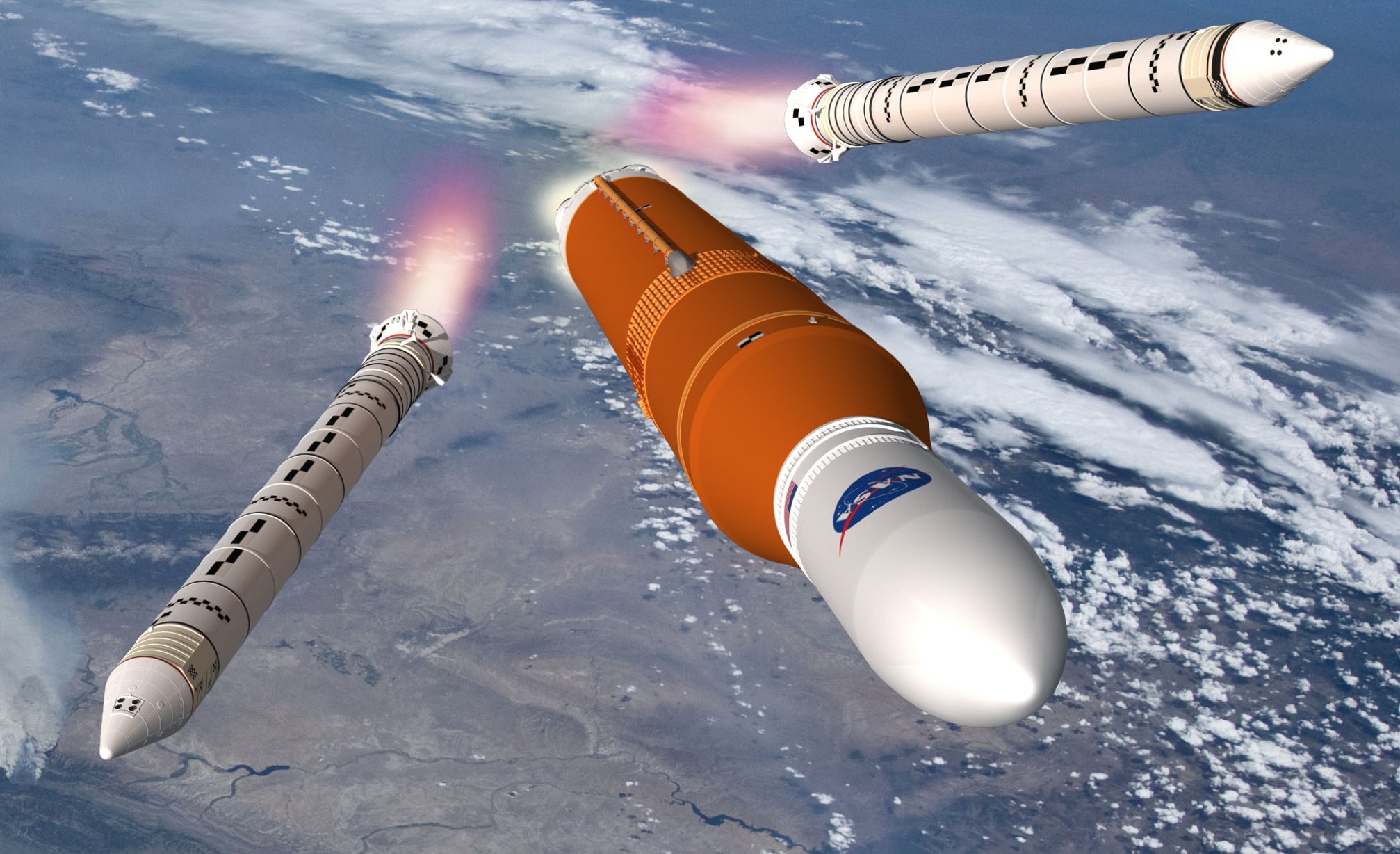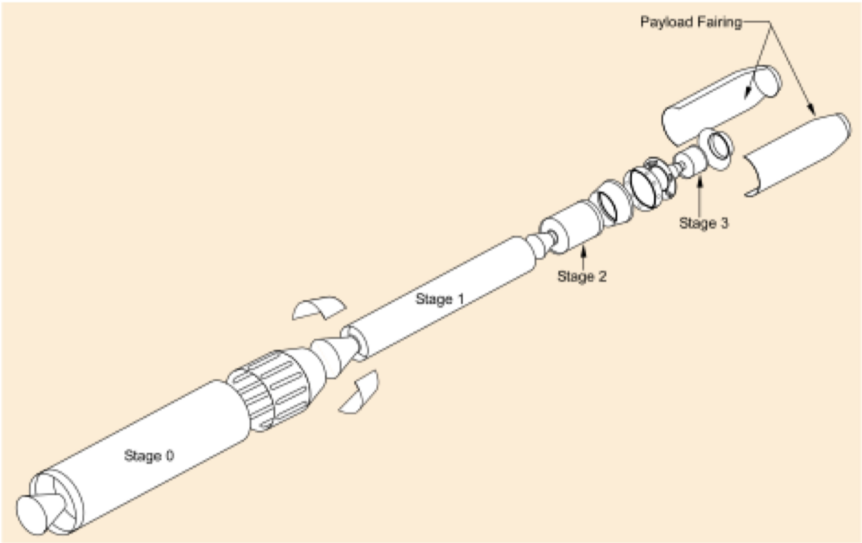Create a free profile to get unlimited access to exclusive videos, sweepstakes, and more!
Someone pulled a huge scam on NASA and they’re not having it

Scams infest the internet every day, from supplements that can cure anything to magical weight loss tea, but you don’t scam NASA. You just don't.
For 20 years, Sapa Profiles Inc. (SPI) convinced NASA that its rocket fairings were certified, until, the space agency alleges, it discovered that this company had been providing them defective product that supposedly sabotaged the Taurus XL rocket (which carried its Orbiting Carbon Observatory) and Glory scientific satellite — $700 million in failed missions. NASA has finally demanded $46 million from Sapa for rockets that couldn’t even make it into orbit. It's all detailed in an investigative report recently published by the agency.
“The Taurus T8 mission failed because the payload fairing did not separate during ascent, causing the rocket to not shed weight,” NASA said in a statement about the defective rockets. “As a result of the extra weight, the Taurus rocket failed to reach orbital velocity, resulting in a total loss of the mission.”
The same kind of thing happened with Glory. SPI provided the aluminum extrusions connecting the halves of the fairing, which is the nose cone meant to protect the payload, whose joints were supposed to be designed to separate and release the payload into space. That obviously didn’t happen.
After investigation boards for the missions that barely took off looked into the suspicious failures, NASA’s Launch Services Program (LSP) started a technical investigation on pieces they could salvage from the dead rockets.
They found that the joints meant to separate the two parts of the fairing were no match for SPI’s certifications. As if that evidence weren't enough, NASA’s Office of Inspector General gave the LSP an alert claiming that SPI might have altered test results to make them look legit.
You know things get serious when they reach the Department of Justice. This did.
There were three factors that were determined to lead to the failure, as NASA observed: charge holder thermal contraction and extrusion ligament thickness, both of which were indirect causes, and insufficient extrusion material properties, which was determined to be the direct cause. Charge holders are supposed to shoot explosive energy through the ligament of the extrusion, and the ligaments themselves were on the higher end of the specification. Both defects were setting things up for disaster.
What really exposed SPI was “an extrusion not meeting the Orbital material property specifications,” which was “a sufficient condition to be the sole cause of an incomplete fracture,” according to NASA. This supposedly certified part flunked when it was tested by the space agency.
SPI is now facing that $46 million fine, which just goes to show you don’t mess with NASA.















